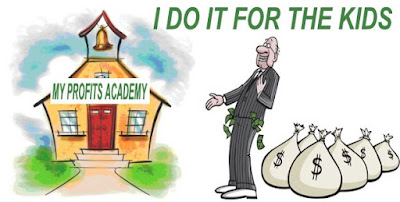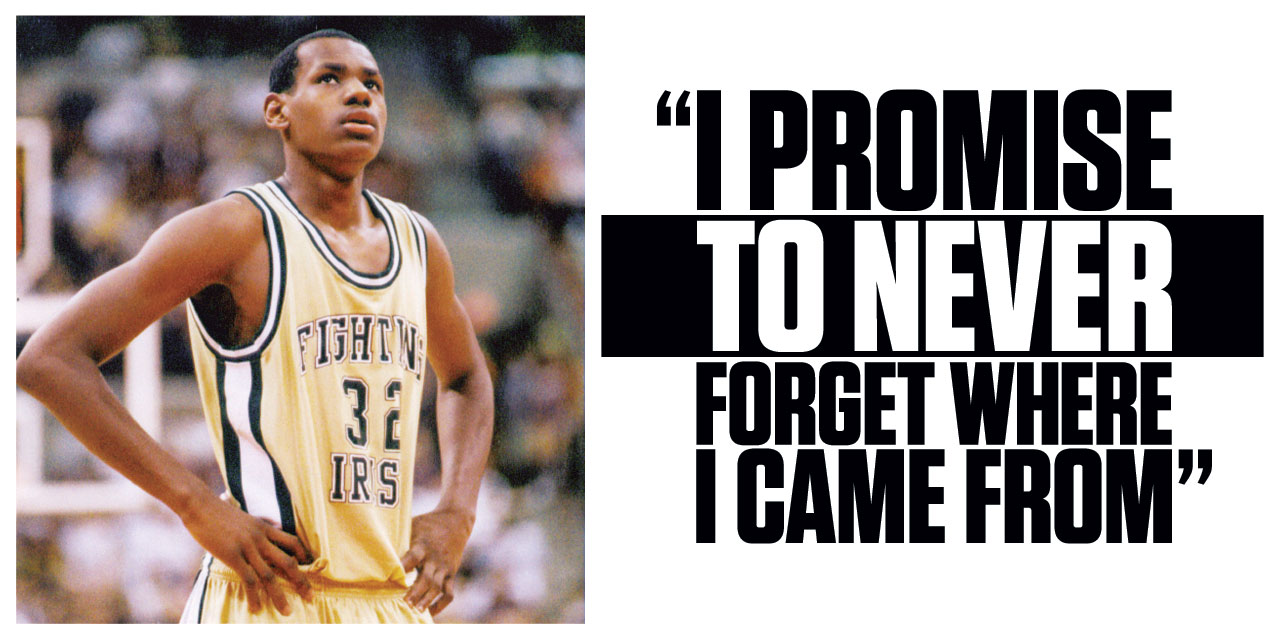Reclaiming Educational Reform

“American writers have tended to see themselves as outcasts and isolates, prophets crying in the wilderness. So they have been, as a rule: American Jeremiahs, simultaneously lamenting a declension and celebrating a national dream.” Sacvan Bercovitch, The American Jeremiad (1978)
“These schools, these students, are the fool’s gold of America’s education system. They’re museum artifacts in the innovation era, the context that will define the adult lives of these children.” Ted Dintersmith, What Schools Could Be (2018)
After keeping their education reform movie Most Likely to Succeed (2015) largely inaccessible to the public for three years, Tony Wagner and Ted Dintersmith have now released it on iTunes for people to buy or rent. Reflecting on the public viewings of the film in his latest book, Ted Dintersmith says that he takes a walk during the community screenings (previously the only way you could watch it), and returns for the last 5 minute “final blow-you-away stretch”. At this moment, Ken Robinson appears with a truth-bomb, an “irrefutable fact”: “education is a complex human system. It’s about people.” Instead of an industrial metaphor for education (and it’s unclear to whom this metaphor belongs), Robinson says we need an organic one: “the plant grows itself if you create the right conditions”.
And what are ‘the right conditions’ that we see at the end of the movie? As Robinson talks about the problems with standardization, we watch a student at High Tech High work on fitting gears together in a project that culminates with him placing his gears into the larger mechanism built by the class. After studying how civilizations change, his teacher tells the students they must represent their understanding through laser-cutting a gear system. While the film highlights how project based learning benefits the two leaders of different groups, the frustrated group-mates literally disappear in the final scenes. We are told that 4 weeks have passed since exhibition night, and that one of the group leaders has continued working over the summer to get his gear to work and fit (yet the film shows the student and his teacher wearing the same outfit in each shot). Finally, he snaps his mechanical gear into the larger mosaic, ironically contradicting Robinson’s plea for a new organic metaphor.
The film features another project in which students read a play by Euripides, the teacher splits the students into two groups by gender, and then tells them to re-stage the play in modern Pakistan. While High Tech High is supposed to serve as a model of what schools could be, as it is presented in the film directed by Greg Whiteley, it arguably replicates some of the most problematic parts of schooling: students have no meaningful choice, the assessments are inauthentic (why make gears to represent an argument?), and the film focuses on only a select few who are ‘most likely to succeed’. While High Tech High is often presented as having a strong record for getting kids into college (ironically, Dintersmith argues against the drive to make a college an increasingly essential part of education), an important analysis finds that the causal impact of attending High Tech High isn’t what it at first seems.
While Most Likely to Succeed focuses on just one school, in What Schools Could Be, Dintersmith charts his year-long journey across the U.S. school system. In his visits to 200 schools, he “found sparks of learning that are so, so promising but reach only a sliver of our kids.” Dintersmith, a former venture capitalist who writes passionately about trusting teachers (though not enough to give them tenure), positions himself in contrast to other billionaire reformers when he rejects “our core assumption”: “that, in a fair world, kids with lower numbers should be tossed into the reject pile.” That’s refreshing and worth listening to. It’s also been argued by many people who are a part of the education system and have been working for change long before Dintersmith arrived on the scene. That being said, I did genuinely enjoy how Dintersmith emphasizes the plurality of what schools can be, especially when he highlights progressive education in a detention center and a homeless shelter.
Unfortunately, the potential for What Schools Could Be to challenge the dominant narrative about education is quickly lost because of what Dintersmith describes as his ‘frame’: his “innovation career”, “having lived through waves of disruption”. Dintersmith’s sense of urgency for a transformation of schools is filtered through the late capitalist economics popular in Silicon Valley that, along with the financialization of the economy, has been responsible for the destruction of whatever security some people had gained in the 20th Century. Contrary to the venture capital mythology, it was massive investment by the U.S. government with taxpayer money that fueled innovations and helped to bring them to market.
Dintersmith’s disruption frame comes through most clearly when he describes a fictional abstraction of a ‘good’ suburban school that does well on test scores. Dintersmith says that the school and its students “are museum artifacts in an innovation era”:
“Regarding their studies, I asked which topics they found exciting. Blank stares, as though I was speaking a foreign language… When I inquired about interests pursued in their free time, silence punctuated by a few nervous giggles. No signs of absorbing hobbies, internships, projects, or jobs.”
Rather than rely on what sounds like an implausible caricature of students in a ‘good’ suburban school, you’d be better to read the in-depth Inequality in the Promised Land by R. L’Hereux Lewis McCoy.
In contrast to what Dintersmith describes as dull individuals turned out by ‘good’ suburban schools, he claims that the workforce requires smart creatives: “If adults are competing with smart machines for jobs, they need distinctive and creative competencies – their own special something.” In the first few sentences of the book, Dintersmith warns that: “Machine intelligence is racing ahead, wiping out millions of routine jobs as it reshapes the competencies needed to thrive. Our education system is stuck in time, training students for a world that no longer exists.” Dintersmith writes as if people and corporations have exerted no agency in the destruction of work.
The sections where Dintersmith writes about economic realities are especially dangerous because we might assume that as a venture capitalist, he’s an expert in this area. However, Dintersmith backs up his disruption frame with a sparse fifteen endnotes and no other sources. More importantly, he fails to offer even a basic critical analysis of the ‘new economy’. In contrast, Tressie McMillan Cottom does superb work in Lower Ed dissecting the ways that the new economy “shift(s) new risks to workers.” Dintersmith simply tells us “Everyone needs to be entrepreneurial” when we really need an analysis of precarity and of the fact that many people are over-qualified for the work they do. When Dintersmith Continue reading: Reclaiming Educational Reform - Long View on Education
































